Kim Thittichai is a textile artist and tutor living on the west coast of County Clare, Ireland.
Having worked through most of the traditional techniques Kim finds herself drawn to experimentation and layering technique. She created and delivered her own course entitled Experimental Textiles. What was originally written as a 1-year course, quickly developed into a 4-year course due to student encouragement, which Kim considers her greatest achievement.
In this interview, Kim describes how her introduction to a vast array of materials influenced her development and creative style, and encouraged the urge to experiment with different techniques. We learn how she has grown her artwork and why students are the key to her future.
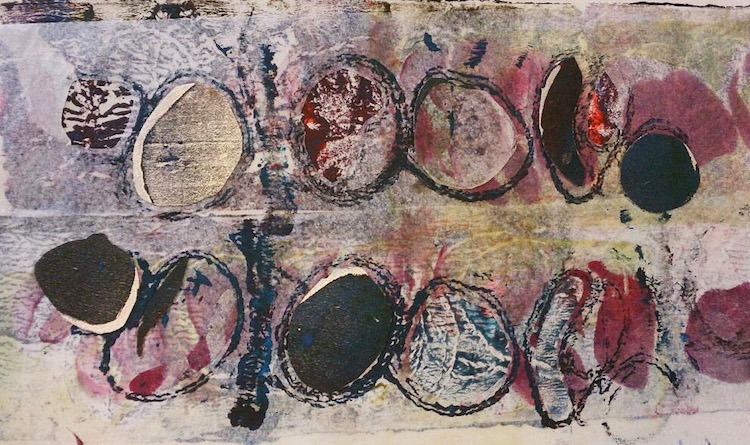
The tentative development of textile art
TextileArtist.org: What initially attracted you to textiles as a medium?
Kim Thittichai: I have always enjoyed playing and working with textiles, from the dressing up box when I was a child to making my own clothes. I love the feel, texture, and weight and drape of fabric.
When I was choosing which course to do at college in 1975 there was only print, weave and fashion available. Nothing that particularly attracted me. In those far off days, anything related to textiles was mainly seen as domestic, women’s work. This implied there was no particular value in work created by women.
In 1985 I took the Diploma in Creative Embroidery taught by Maeve Edwards at Brighton Polytechnic. We were encouraged to be experimental and this is when I first started working with plastics and distressing fabrics. I was hooked. However, even in the late 1980’s textile art was only tentatively starting to develop.
And, more specifically, how was your imagination captured by stitch?
I love the meditative process of hand stitch. I also love pushing the boundaries of stitch in scale, texture and media. In my early years of teaching, I used builders fencing to stitch and weave fabric and plastic bags into.
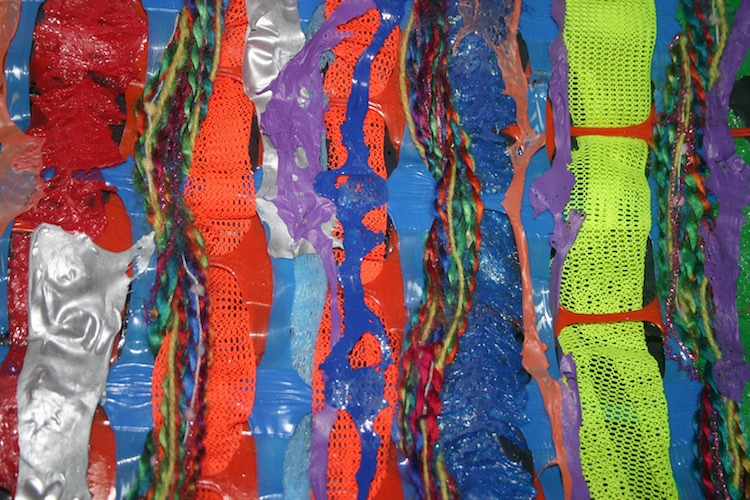
What or who were your early influences and how has your life influenced your work?
I saw the exhibition Under Construction: Exploring Process in Contemporary Textiles at Brighton Polytechnic in 1996. The exhibition featured the work of Rushton Aust, Tadek Beutlich, Polly Binns, Michael Brennand Wood, Caroline Broadhead, Sally Freshwater, Clio Padovani. It totally blew my mind. Here were artists, working in textiles, being recognised by the Crafts Council. I can still see the work in my mind now, just fantastic.
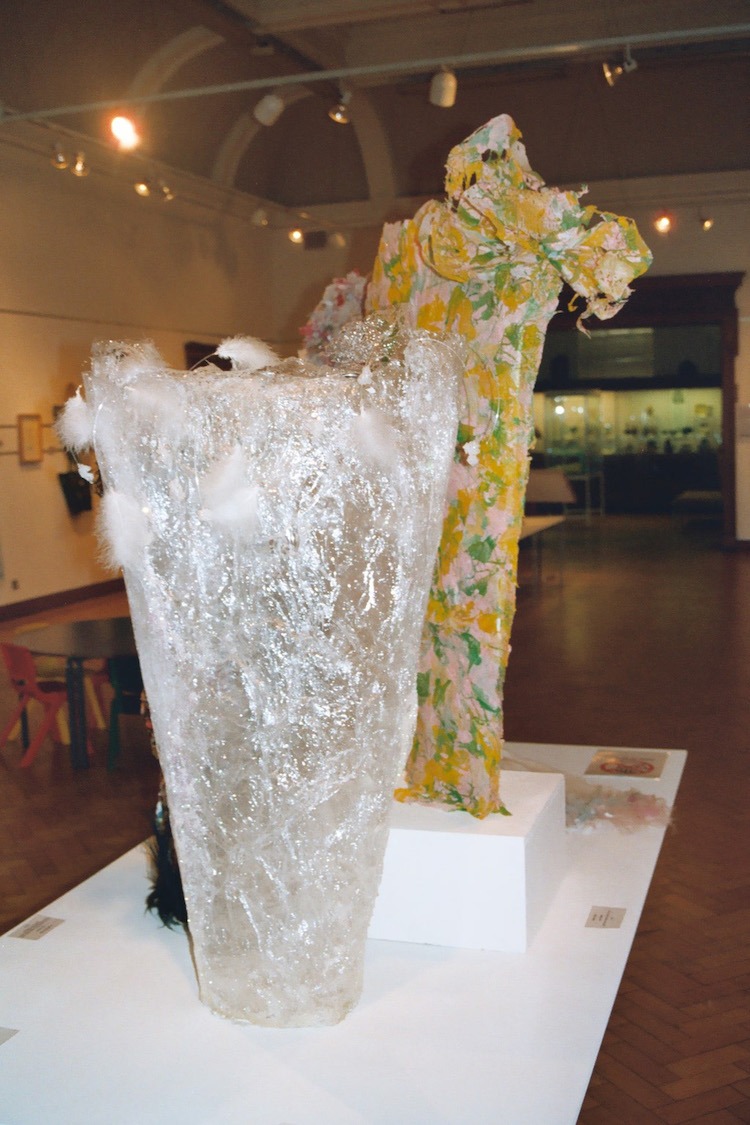
In 1997 I saw the Embroiderers Guild exhibition Art of the Stitch. The work was fascinating. I was very drawn to the work of Clyde Oliver and Barbara Lee Smith. Both were working in 3d in the most amazing materials, Clyde in slate and Barbara in Lutradur. At this point, I realised there might be a place for me in textiles after all.
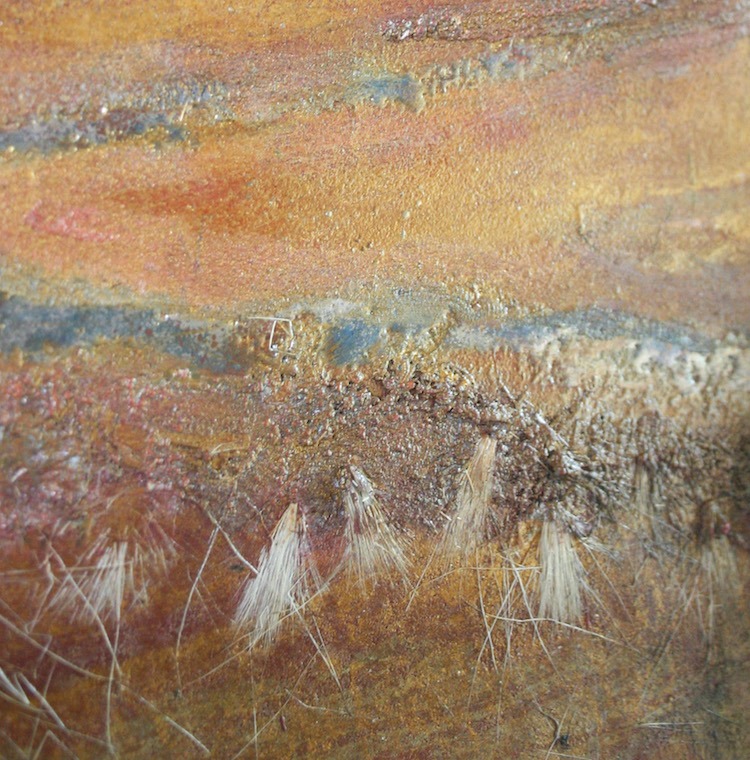
Learning the importance of process
What was your route to becoming an artist?
In 1975 I started the foundation year on the 3D degree course, wood, metal, ceramics and plastics at Brighton Polytechnic. What an incredible course. We were trained as artist craftspersons.
All students had to work in each discipline, learning how to work with the materials before we were allowed to design and make anything. I made dovetail joints and learned to carve in the wood workshop, I slabbed and coiled vessels in ceramics, I poured resin and laminated acrylic sheet in plastics and in metal I learned to raise and planish silver and copper. It was a wonderful course. I eventually specialised in silver and ceramics. I learned the importance of process and this has never left me.
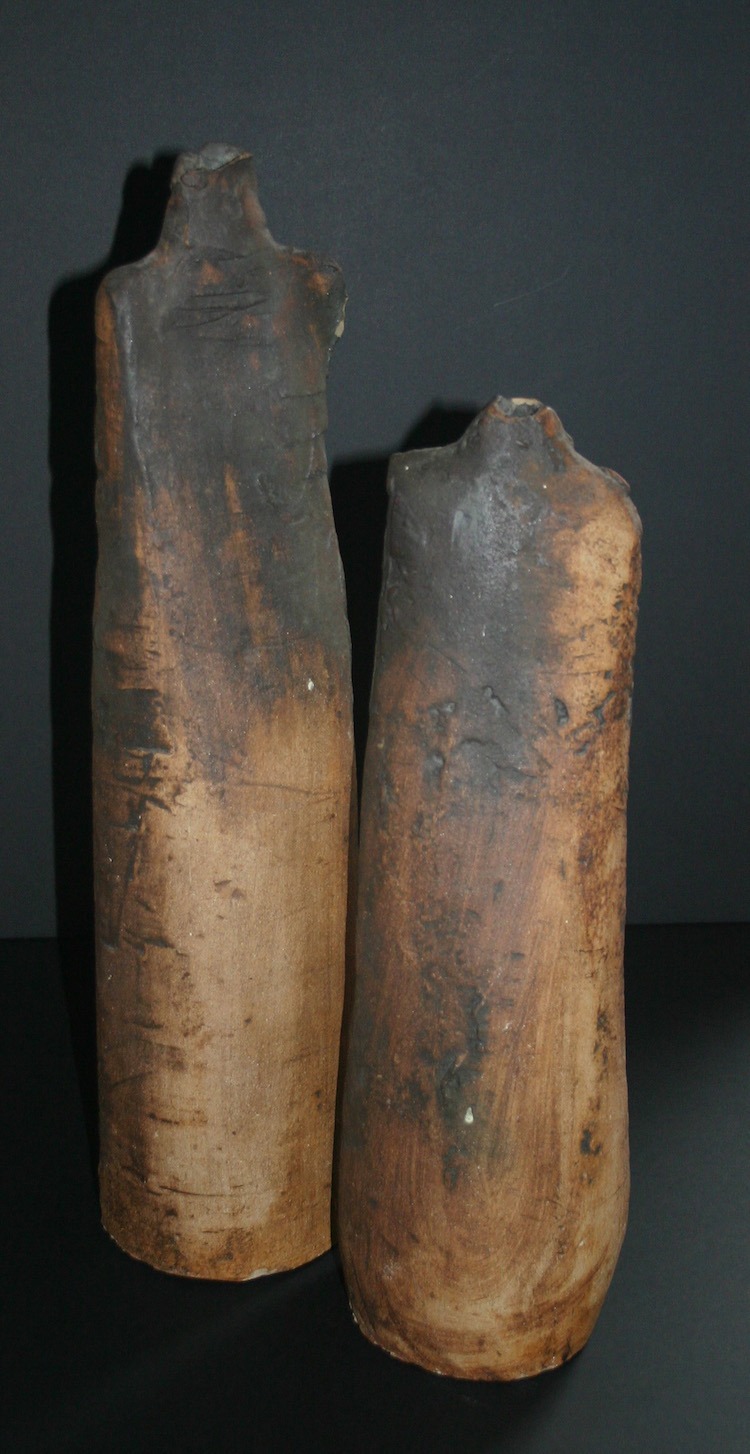
Whilst the course was wonderful, there was no business training, so finding a job or creating our own work in your own workshop was really out of the question unless you were independently wealthy and I wasn’t.
Later in life when I retrained to be an adult education teacher the skills I learned at college stood me in great stead. All my courses teach students how to use materials and process to create their work.
Tell us a bit about your chosen techniques.
I love to explore, the what happens if? My college training taught me to love process, particularly designing through process. I work with various media and many techniques but all will include stitch.
How do you use these techniques in conjunction with stitch and applique?
I am currently working on layers of print on matt and shiny fabrics, cutting back and stitching, just back stitch. Similar to Mola work, using cut out shapes from one print to insert inside a space in another print. I love layering media and process.
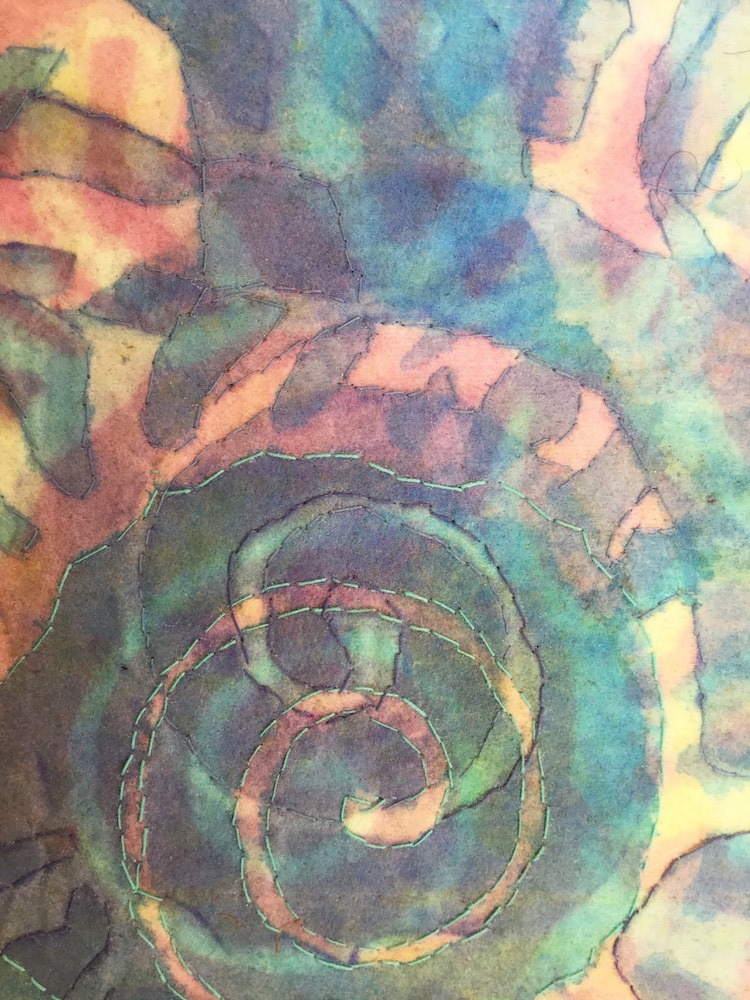
Do you use a sketchbook? If not, what preparatory work do you do?
I don’t use a sketch book, I keep my experiments in portfolios or shoe boxes, depending on shape, size or weight. If I use a book it is to make notes. I prefer to work directly with my materials rather than sketch and design first.
I find you can use up your ideas in your sketchbook and run out of your creative energy when you come to make the work.
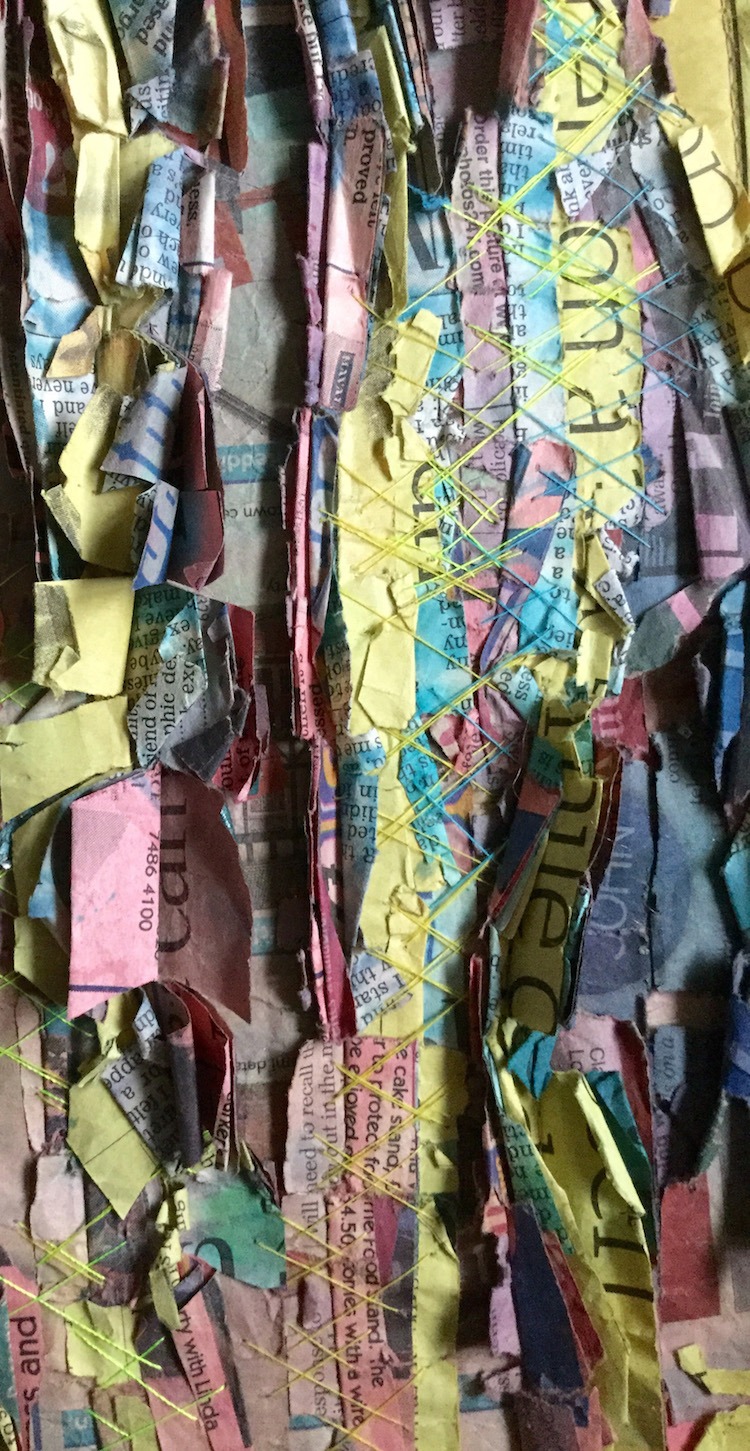
Clear space and loud music
Tell us about your process from conception to conclusion.
A lot of my ideas come from my experience with materials and the techniques and processes I have developed. I love to develop interesting surfaces on which to stitch.
I also enjoy making my own simple printing blocks developed from my drawings, using the positive and negative space of the designs. Printing up lots of fabrics and then choosing which work best for me. I find that over the years my work is simplifying.
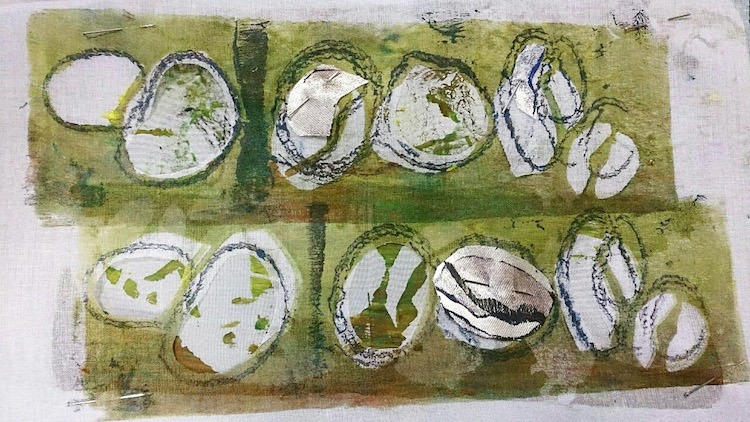
What environment do you like to work in?
Lots of clear space and loud music when I am creating new processes and exploring. Soft music and a clear table when I am stitching. I am still working on the large clear space, I am nearly there. . .
What currently inspires you?
My new environment on the West coast of County Clare in Ireland and testing new products for Vliesleine.
I thoroughly enjoy testing new products from Vlieseline to see what can be done with them in the textile field. Will they distress with heat? Can they be torn or cut? Can they be coloured with crayons or paint? Are they firm enough to work three dimensionally?
Being a creative consultant for Vlieseline gives me the opportunity to play with exciting products and earn money at the same time. I find these experiments lead to new ideas for my work, back to designing through process.
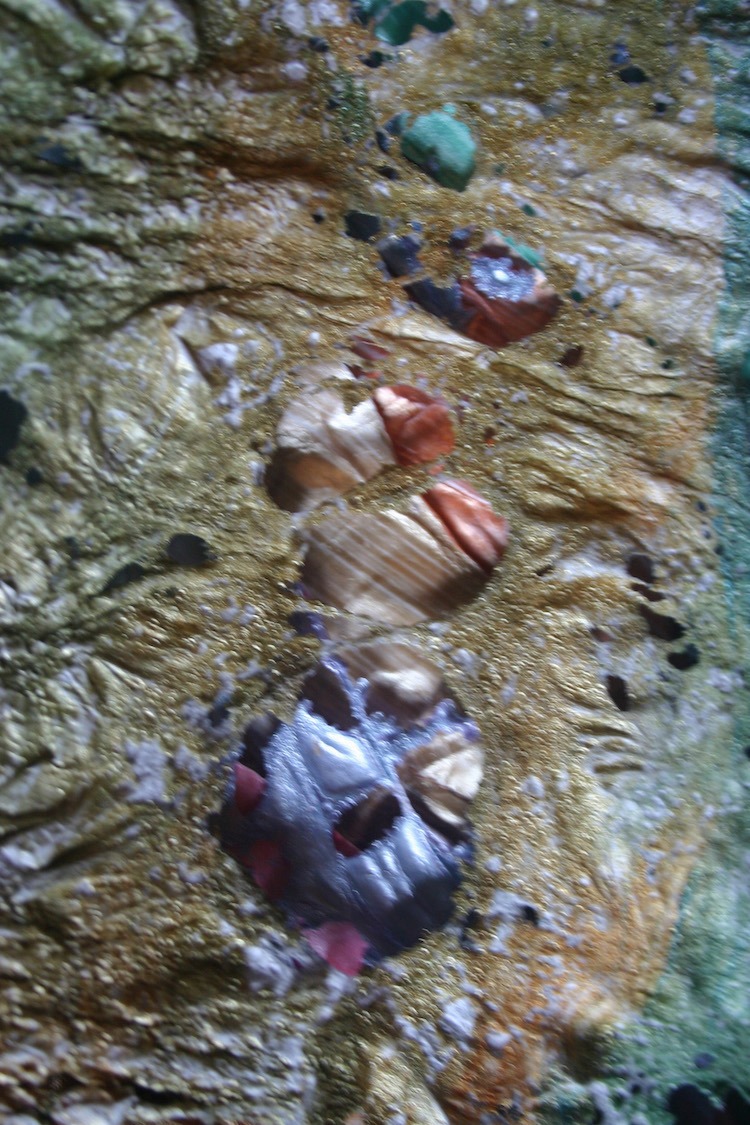
Who have been your major influences and why?
Several members of The Textile Study Group including Gwen Hedley and Ruth Issett.
The Textile Study Group run an annual summer school, the opportunity to work with one of three members. I have attended at least two workshops with Ruth and with Gwen, they have always stretched me, encouraged me to develop my own style. Both have their own methods, each equally efficient!
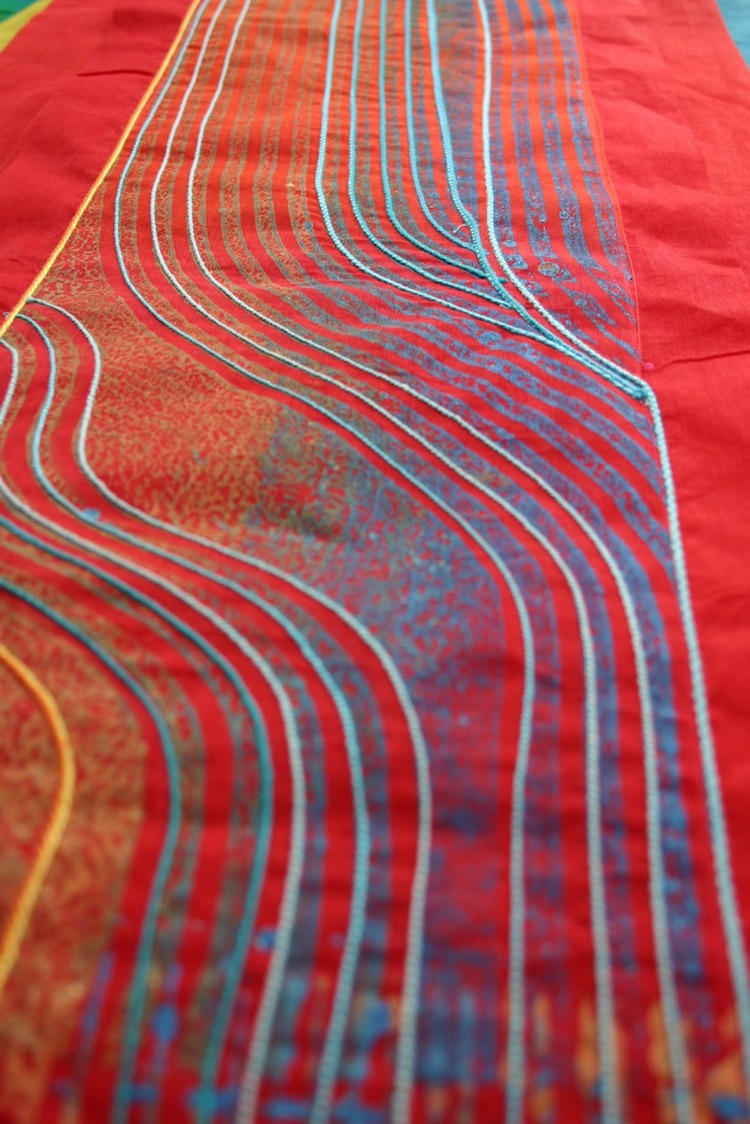
My experimental textiles students are a never-ending source of inspiration. Their dedication to their course work in spite of work and family pressures.
Keeping it simple
Tell us about a piece of your work that holds particularly fond memories and why?
Capstones was the first piece of work that encouraged me to believe that I could work on a larger scale. It is approx. 6ft x 3ft.

How has your work developed since you began and how do you see it evolving in the future?
My ideas and my work have simplified over the years, taking the essence of the idea and not making it too complicated with lots of techniques. What you leave out is more important than what you leave in.
What advice would you give to an aspiring textile artist?
Don’t expect to be able to earn your living from your work but keep at it. If you love what you do you will find your way. I have taught to support myself, snatching time when I can to develop my ideas. If you want something enough – you can make it happen – eventually.
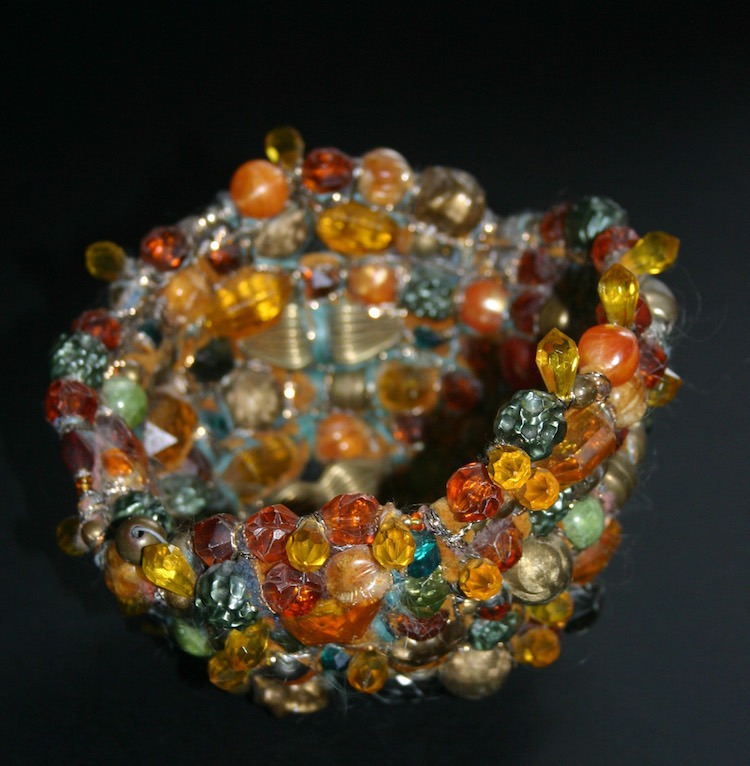
Can you recommend 3 or 4 books for textile artists?
[easyazon_link identifier=”071348196X” locale=”UK” tag=”wwwtextileart-21″]Stitch Magic by Jan Beaney and Jean Littlejohn
[easyazon_link identifier=”1906388342″ locale=”UK” tag=”wwwtextileart-21″]Colour on Cloth by Ruth Issett
[easyazon_link identifier=”1906388806″ locale=”UK” tag=”wwwtextileart-21″]Drawn to Stitch by Gwen Hedley
[easyazon_link identifier=”0811803295″ locale=”UK” tag=”wwwtextileart-21″]By Natures Design, an Exploratorium Book by Chronicle Books
What other resources do you use? Blogs, websites, magazines etc.
I don’t have a lot of time for research. The photos I take when I am traveling tend to be my main resource. I try to see at least one big exhibition a year.
I follow a few blogs and I’m afraid Facebook is my main source of market research, it’s a very powerful tool, and horribly addictive.
What piece of equipment or tool could you not live without?
An Iron and baking parchment.
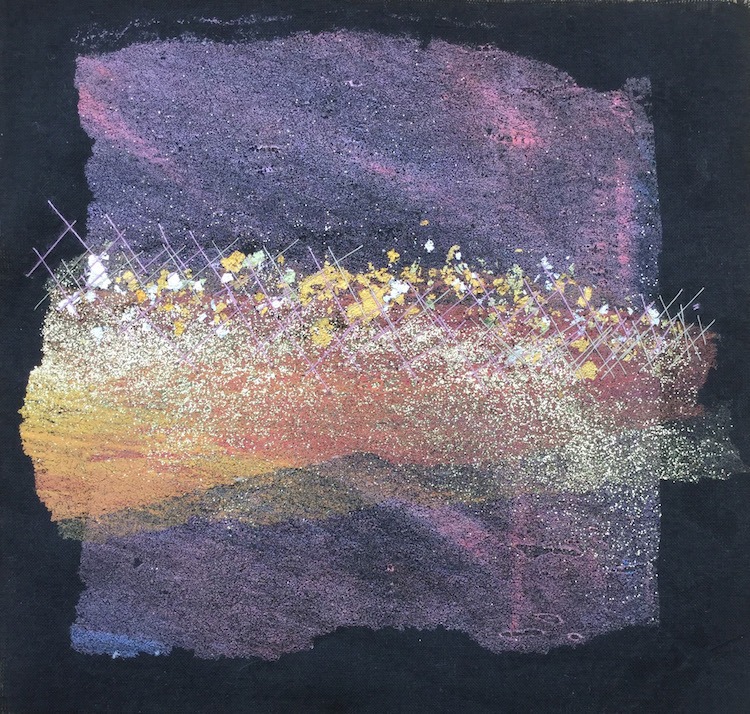
Do you give talks or run workshops or classes? If so where can readers find information about these?
I intend to slow down now that I am living in Ireland, my diary is on my blog.
In July I will be launching my online teaching.
If anyone would like to be added to my database they can email me at moc.iahcittihtmik@ofni
Where can readers see your work this year?
I will have a stand at the Glasgow and NEC shows in March.
Kim is the author of the following books:
[easyazon_link identifier=”0713490403″ locale=”UK” tag=”wwwtextileart-21″]Hot Textiles
[easyazon_link identifier=”1906388474″ locale=”UK” tag=”wwwtextileart-21″]Experimental Textiles
[easyazon_link identifier=”1849940088″ locale=”UK” tag=”wwwtextileart-21″]Layered Textiles
[easyazon_link identifier=”1849941289″ locale=”UK” tag=”wwwtextileart-21″]Reclaimed Textiles

For more information visit: www.kimthittichai.com
Let us know what your favourite aspect of the artist’s work is by leaving a comment below.
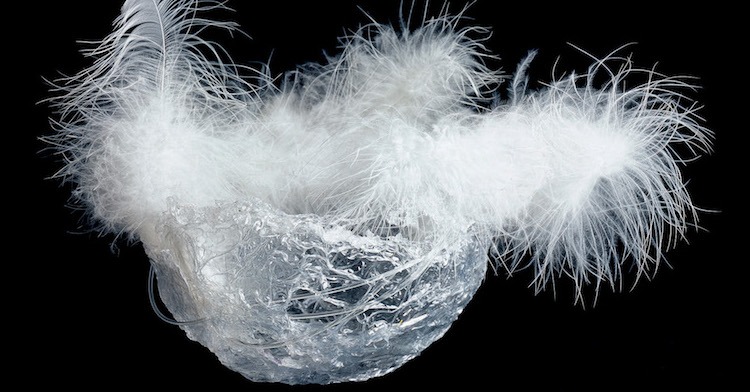
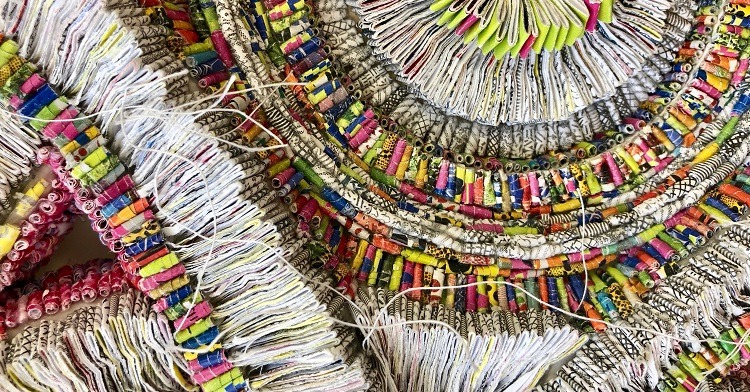
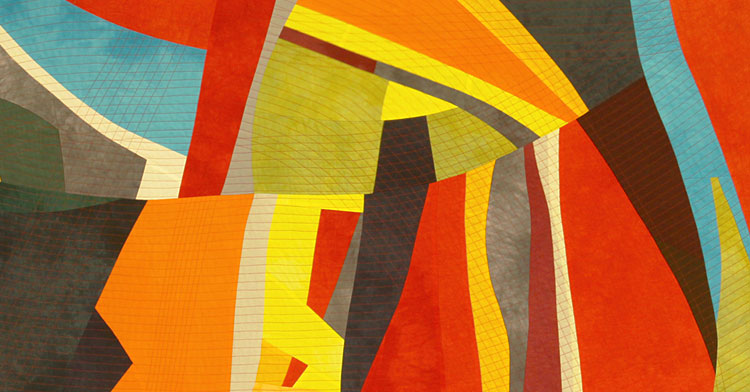
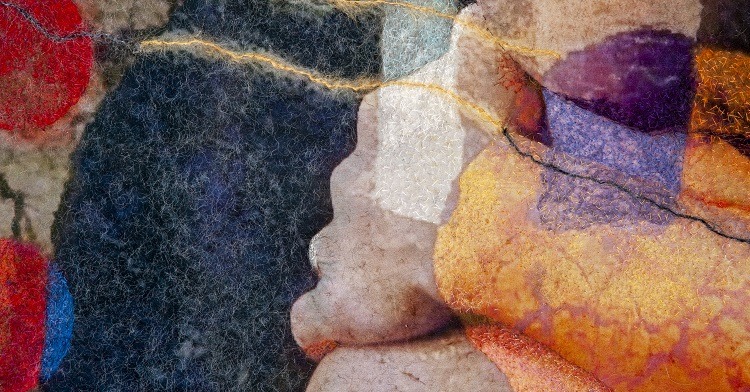
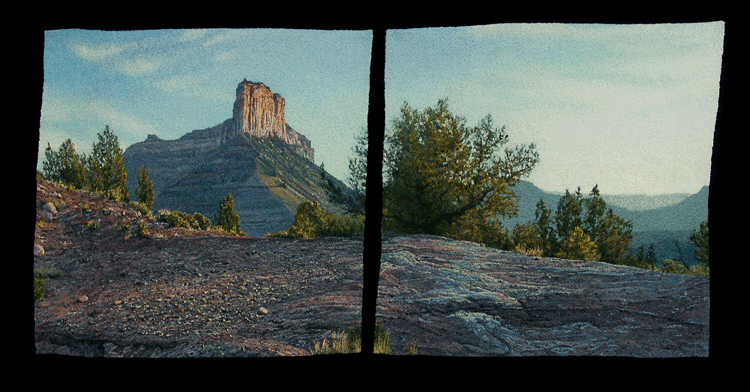
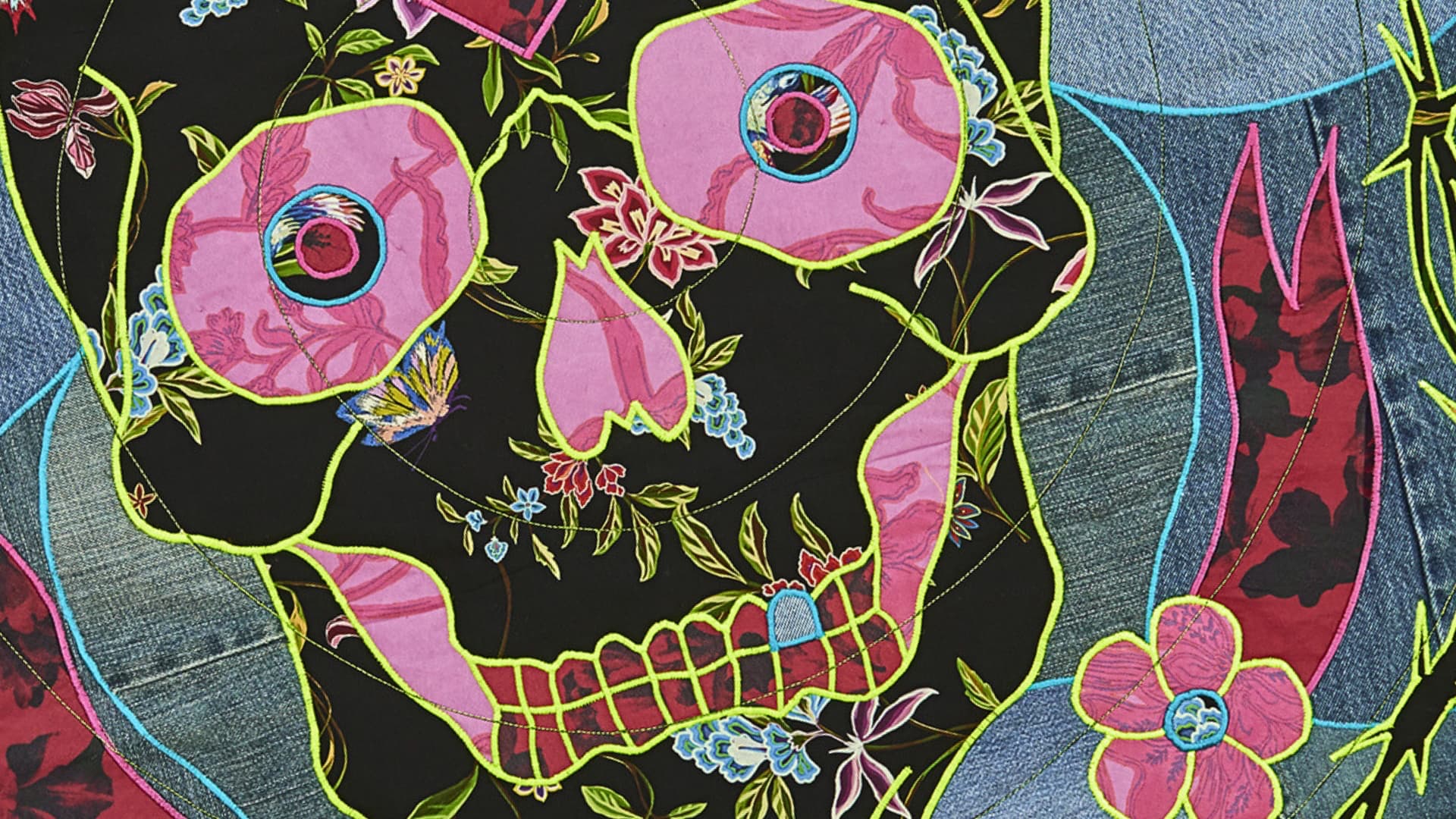
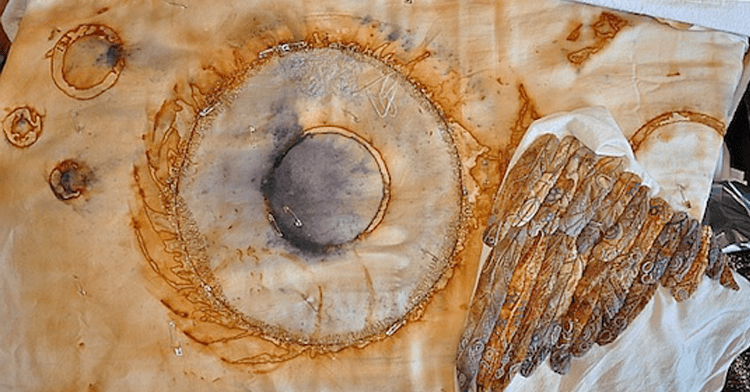
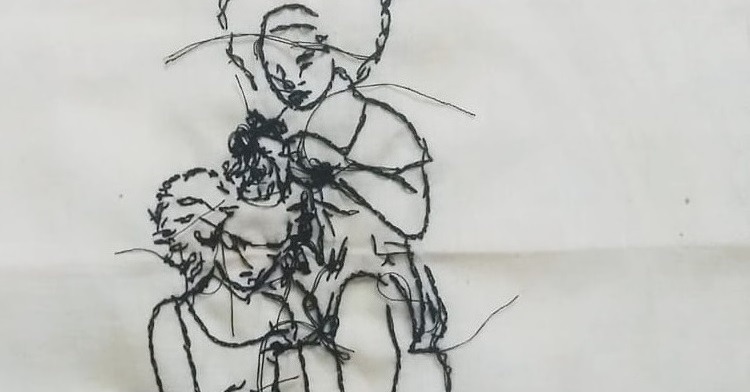
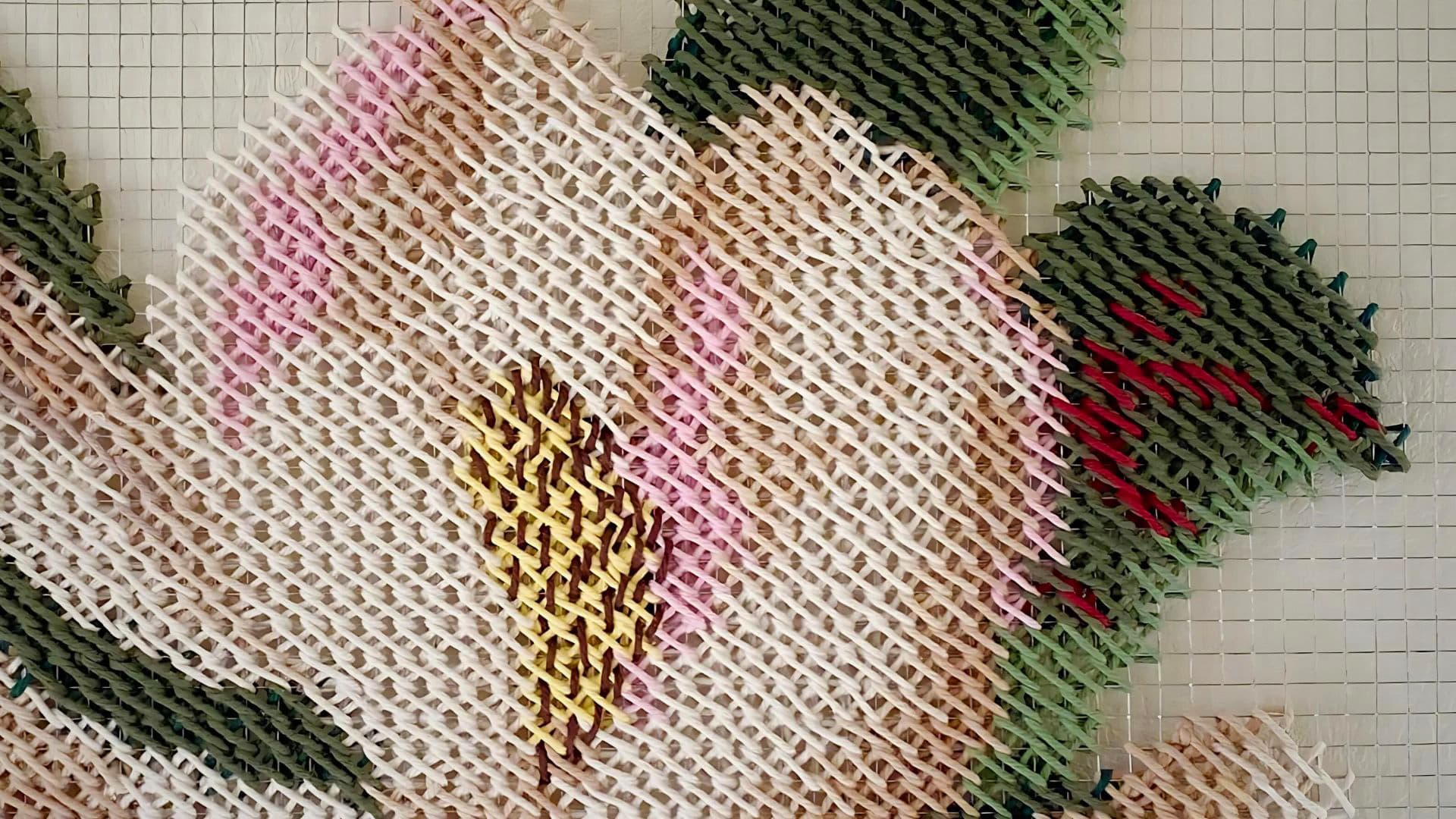
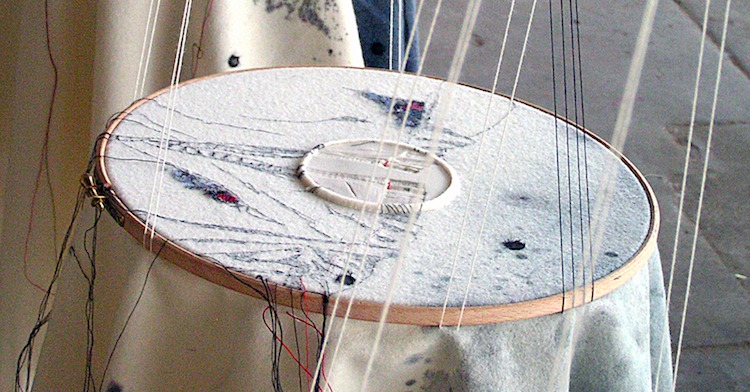
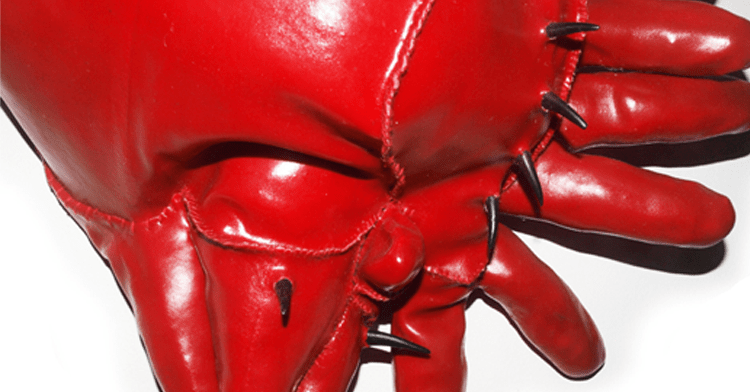
Comments